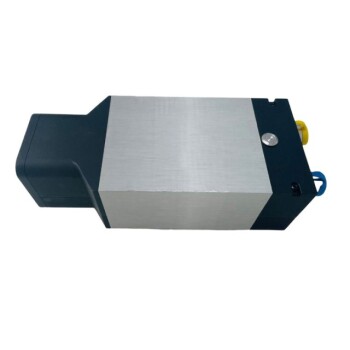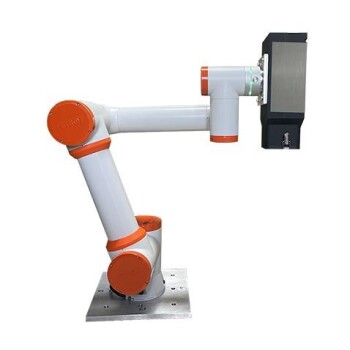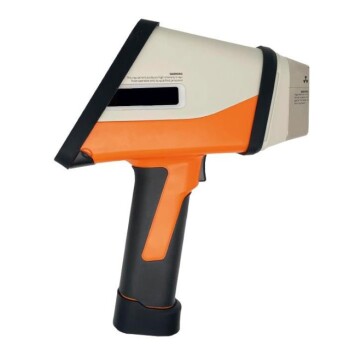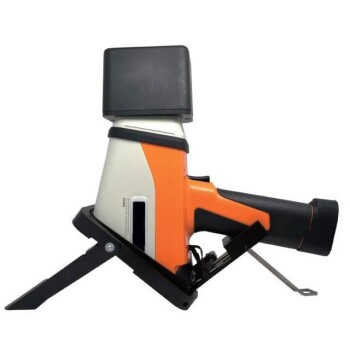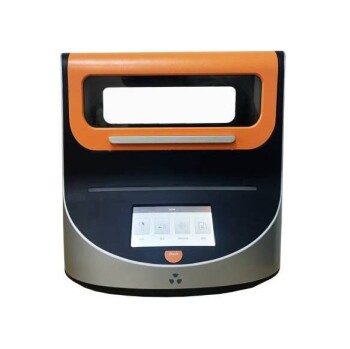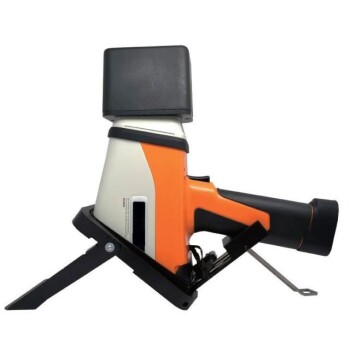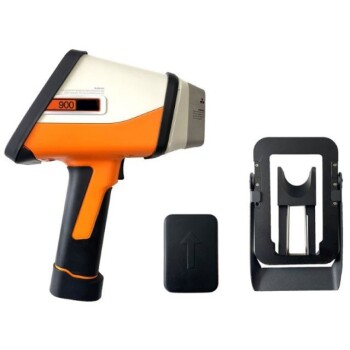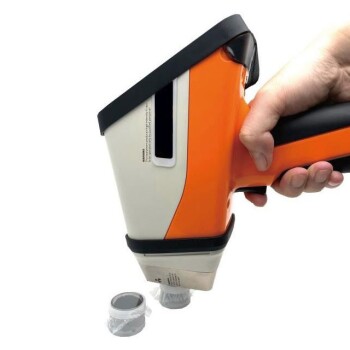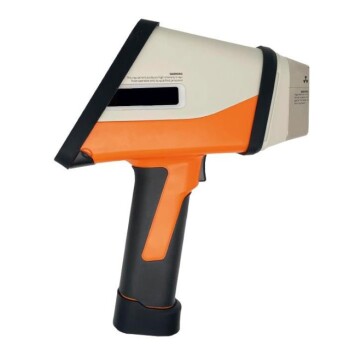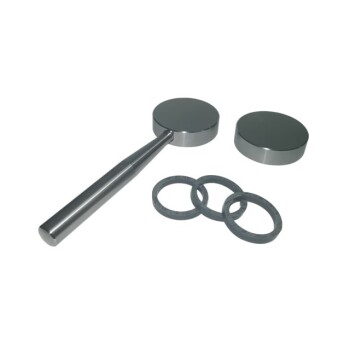Total Reflection X-ray Fluorescence (TXRF) and Energy Dispersive X-ray Fluorescence (EDXRF) are both analytical techniques used to determine the elemental composition of materials. While they share similarities in their use of X-ray fluorescence, they differ significantly in their experimental setup, sensitivity, and applications. TXRF is a specialized variation of EDXRF that leverages total reflection geometry to enhance sensitivity, particularly for trace element analysis. EDXRF, on the other hand, is a more general-purpose technique, widely used for its speed and cost-effectiveness, especially in handheld devices. Below, we explore the key differences between these two techniques in detail.
Key Points Explained:

-
Experimental Setup and Geometry
-
TXRF:
- Utilizes a unique geometry where the primary X-ray beam strikes the sample at a very shallow angle (close to the critical angle for total reflection).
- This setup minimizes background noise by reducing scattering, resulting in higher sensitivity for trace elements.
- The sample is typically deposited as a thin film on a reflective substrate, such as a quartz glass carrier.
-
EDXRF:
- Employs a conventional geometry where the X-ray beam directly interacts with the sample.
- The setup is simpler and more versatile, allowing for the analysis of bulk samples without special preparation.
- Background noise is higher compared to TXRF, which limits its sensitivity for trace elements.
-
TXRF:
-
Sensitivity and Detection Limits
-
TXRF:
- Offers superior sensitivity, particularly for trace elements, due to the reduced background noise and enhanced signal-to-noise ratio.
- Detection limits can reach parts per billion (ppb) levels, making it ideal for applications requiring high precision, such as environmental monitoring and semiconductor analysis.
-
EDXRF:
- Generally has higher detection limits, typically in the parts per million (ppm) range.
- Suitable for applications where high sensitivity is not critical, such as material identification and quality control in industrial settings.
-
TXRF:
-
Sample Preparation
-
TXRF:
- Requires specialized sample preparation, often involving the deposition of a thin film on a reflective substrate.
- This preparation can be time-consuming and may limit the types of samples that can be analyzed.
-
EDXRF:
- Requires minimal sample preparation, allowing for the direct analysis of bulk solids, liquids, and powders.
- This simplicity makes it more user-friendly and adaptable to a wide range of sample types.
-
TXRF:
-
Applications
-
TXRF:
- Primarily used in applications requiring high sensitivity and precision, such as:
- Trace element analysis in environmental samples (e.g., water, soil).
- Quality control in the semiconductor industry.
- Analysis of biological and medical samples.
- Primarily used in applications requiring high sensitivity and precision, such as:
-
EDXRF:
- Widely used in applications where speed and cost-effectiveness are prioritized, such as:
- Material identification in recycling and scrap sorting.
- Quality control in manufacturing processes.
- Field analysis using handheld devices.
- Widely used in applications where speed and cost-effectiveness are prioritized, such as:
-
TXRF:
-
Cost and Accessibility
-
TXRF:
- Generally more expensive due to the specialized equipment and sample preparation requirements.
- Typically used in laboratory settings where high sensitivity is necessary.
-
EDXRF:
- More cost-effective and accessible, especially with the availability of handheld devices.
- Suitable for both laboratory and field use, making it a versatile choice for many industries.
-
TXRF:
-
Instrumentation and Complexity
-
TXRF:
- Involves more complex instrumentation, including precise alignment systems to achieve total reflection conditions.
- Requires skilled operators to ensure accurate results.
-
EDXRF:
- Simpler instrumentation, often designed for ease of use and portability.
- Can be operated by non-specialists, making it more accessible for routine analysis.
-
TXRF:
In summary, TXRF and EDXRF are complementary techniques, each with its own strengths and limitations. TXRF excels in trace element analysis and high-sensitivity applications, while EDXRF is favored for its versatility, speed, and cost-effectiveness. The choice between the two depends on the specific analytical requirements, sample types, and budget constraints of the user.
Summary Table:
| Aspect | TXRF | EDXRF |
|---|---|---|
| Experimental Setup | Uses total reflection geometry for high sensitivity. | Employs conventional geometry for versatility. |
| Sensitivity | Superior sensitivity (ppb levels) for trace elements. | Higher detection limits (ppm levels), less sensitive for trace elements. |
| Sample Preparation | Requires thin film deposition on reflective substrates. | Minimal preparation; analyzes bulk solids, liquids, and powders. |
| Applications | High-sensitivity tasks like environmental monitoring, semiconductor QC. | General-purpose tasks like material ID, manufacturing QC, field use. |
| Cost | Expensive due to specialized equipment and preparation. | Cost-effective, especially with handheld devices. |
| Instrumentation | Complex, requires skilled operators. | Simple, portable, and user-friendly. |
Need help choosing between TXRF and EDXRF? Contact our experts today for personalized guidance!
